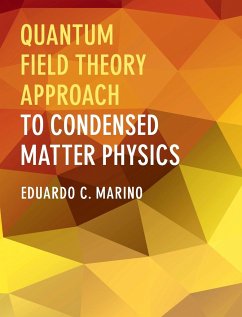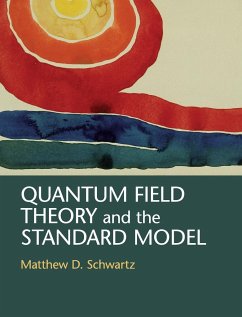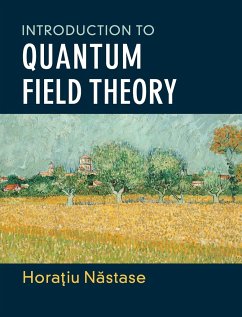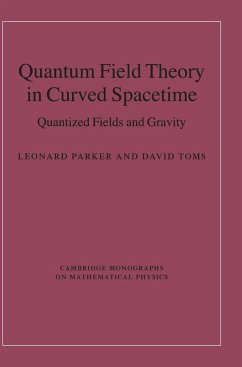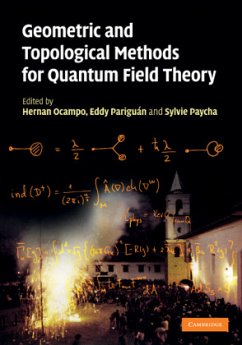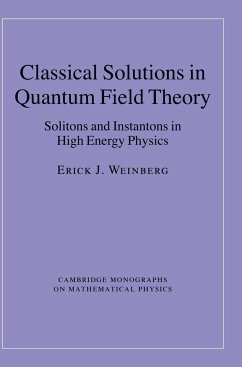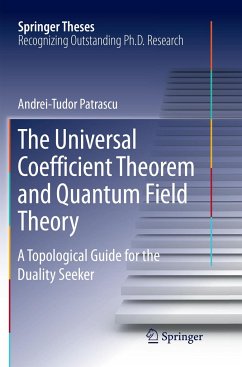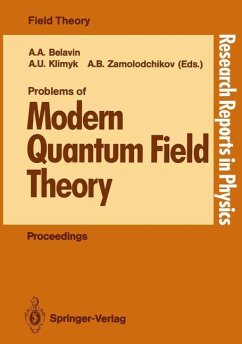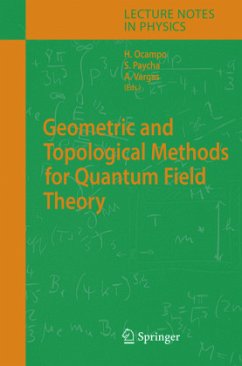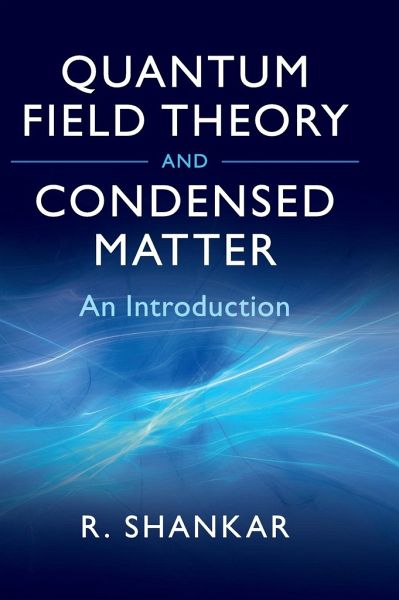
Quantum Field Theory and Condensed Matter
Versandkostenfrei!
Versandfertig in 1-2 Wochen
82,99 €
inkl. MwSt.
Weitere Ausgaben:

PAYBACK Punkte
41 °P sammeln!
Providing a broad review of many techniques and their application to condensed matter systems, this book begins with a review of thermodynamics and statistical mechanics, before moving onto real and imaginary time path integrals and the link between Euclidean quantum mechanics and statistical mechanics. A detailed study of the Ising, gauge-Ising and XY models is included. The renormalization group is developed and applied to critical phenomena, Fermi liquid theory and the renormalization of field theories. Next, the book explores bosonization and its applications to one-dimensional fermionic s...
Providing a broad review of many techniques and their application to condensed matter systems, this book begins with a review of thermodynamics and statistical mechanics, before moving onto real and imaginary time path integrals and the link between Euclidean quantum mechanics and statistical mechanics. A detailed study of the Ising, gauge-Ising and XY models is included. The renormalization group is developed and applied to critical phenomena, Fermi liquid theory and the renormalization of field theories. Next, the book explores bosonization and its applications to one-dimensional fermionic systems and the correlation functions of homogeneous and random-bond Ising models. It concludes with Bohm-Pines and Chern-Simons theories applied to the quantum Hall effect. Introducing the reader to a variety of techniques, it opens up vast areas of condensed matter theory for both graduate students and researchers in theoretical, statistical and condensed matter physics.




